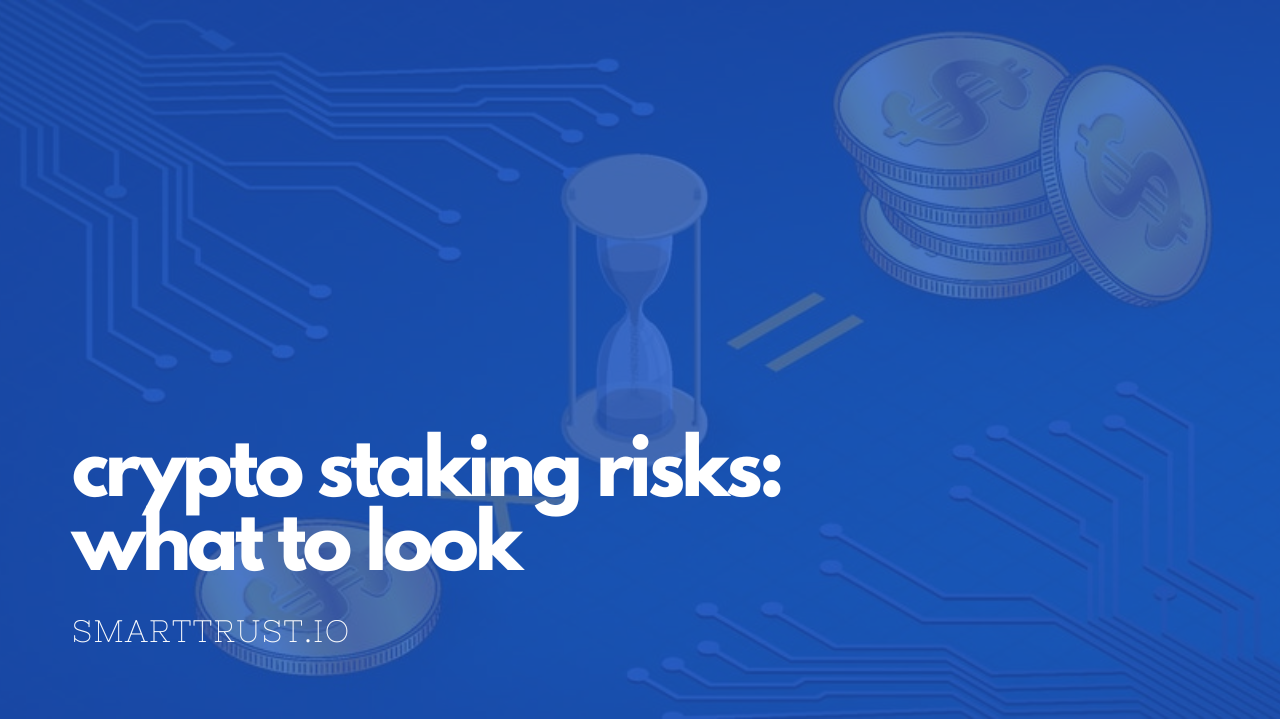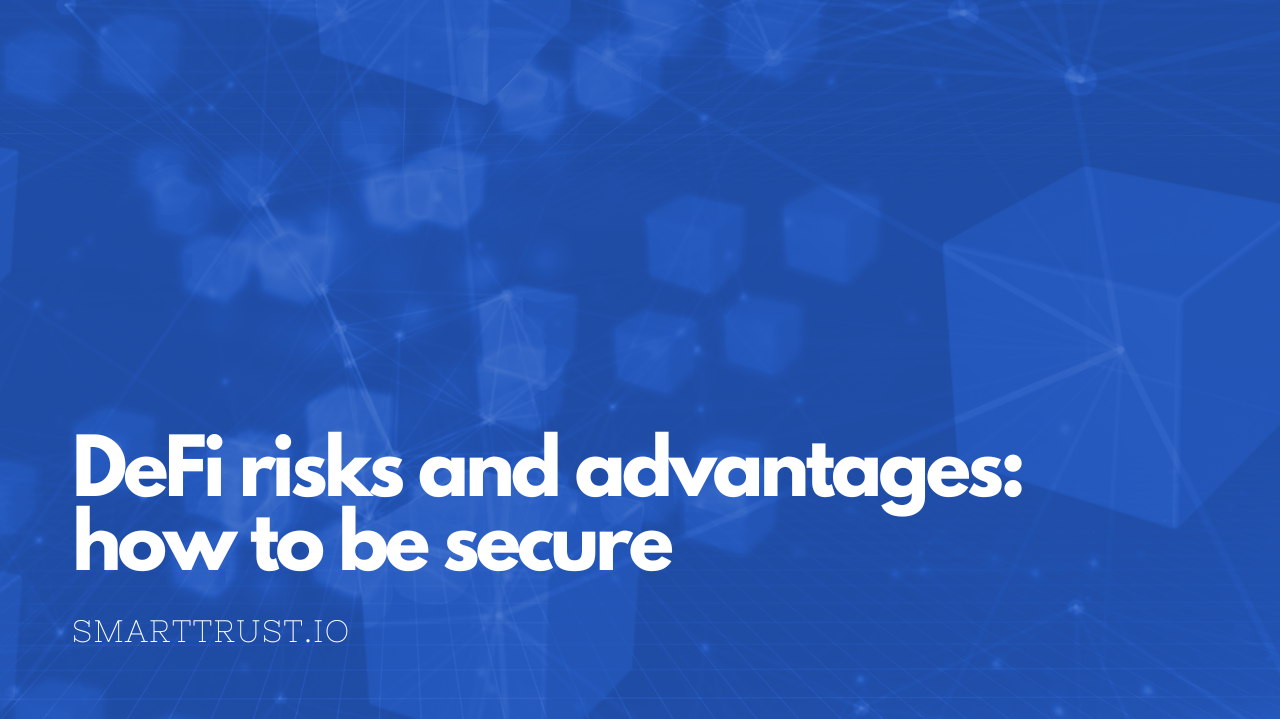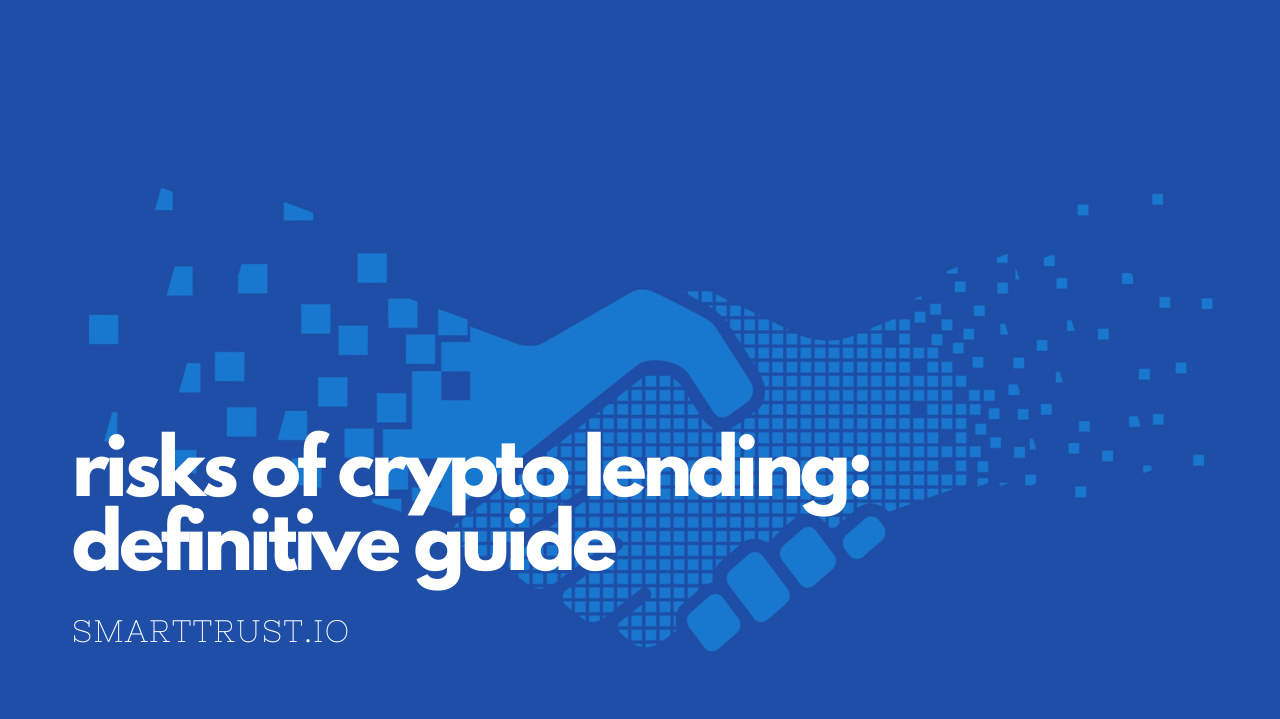In crypto staking, cryptocurrency holders earn rewards based on the number of coins they hold. This type of investment can be lucrative, but it also carries some risks that investors should be aware of. This blog post explores some of these risks and provides tips for mitigating them.
What is crypto staking and how does it work?
Crypto staking involves securely storing cryptocurrency in a wallet or pool in order to gain returns by providing computing power to reach a consensus on the blockchain. As you stake your cryptocurrency, you essentially lock it up, like an investment.
The return on staking can be interest payments every cycle or when new blocks are created. It is important to understand that while miners receive rewards for confirming transactions and creating new blocks, these “validators” also face risks and require incentives. Crypto staking comes into play here, and those with large holdings can be rewarded for lending computing power and validating transactions.
How does crypto staking do in terms of return on investment (ROI)?
Crypto staking returns can vary depending on how much cryptocurrency you stake and the type of cryptocurrency you use. Annualized returns typically range from 2-20%.
For large stakes, many cryptocurrencies offer higher percentages with interest rates ranging from 10-30%. These returns may vary greatly depending on how stable the coin is, so it is important to research and compare coins before investing. Ultimately, crypto staking can generate passive income if done correctly.
How are crypto staking and crypto mining different?
Staking and mining are two of the most common methods of earning cryptocurrency. A stake involves holding funds in a digital wallet and is favored by those who want a simpler way to participate in consensus because it does not require additional hardware or configuration.
By contrast, mining involves solving complex equations with specialized hardware and can earn much higher rewards due to its complexity. Considering each method has its own benefits, individuals should assess their situation before choosing one.
Which coins can be staked: Proof-of-stake (PoS) consensus
The term proof-of-stake is often used in the cryptocurrency world, but it may seem confusing to a newcomer. In simple terms, proof of stake is a consensus protocol that validates virtual currency transactions on a blockchain network. Instead of requiring heavy computation power like proof of work systems, users stake coins to validate transactions and create blocks.
Rewards can be given for staking coins, but risks are always associated with it as well. A successful cryptocurrency journey requires an understanding of these principles.
In summary, proof-of-stake consensus allows crypto staking rewards to be earned, while proof-of-work consensus allows crypto mining rewards to be earned.
Crypto Staking Risks and Disadvantages
Crypto staking has become increasingly popular as a way to earn money from cryptocurrency investments. However, there are several possible drawbacks to consider despite its potential financial benefits. Most staking arrangements require a larger initial investment than other forms of investing, which can be a significant barrier for those without the resources.
Aside from the volatility of cryptocurrencies and the opacity of the markets, staking can also involve greater risks than more traditional investments.
As a final consideration, there may not be enough liquidity when liquidating holdings at specific times due to heavy trading volumes and other market conditions.
Crypto staking offers attractive returns and diversification of one’s portfolio, but it should always be weighed against its potential drawbacks.
Security Risks
Security is the most obvious risk associated with crypto staking. Any investment is only as secure as the platform or wallet where you store it. When selecting a crypto platform, ensure the company has implemented proper security measures to protect your coins against hacking attempts. Make sure you enable two-factor authentication whenever possible, and never share your login credentials.
Volatility Risks
The cryptocurrency market is notoriously volatile and prone to sudden price swings. For investors who hold large amounts of cryptocurrency, there is always the possibility that their coins’ value could drop significantly in a short period of time. You can mitigate this risk by diversifying your investments across multiple cryptocurrencies and ensuring adequate liquidity in case you need to liquidate quickly.
Inflationary Risks
Inflation is another risk associated with crypto staking. Inflationary pressures may ultimately cause cryptocurrency networks to devalue their tokens by rewarding users with newly-minted tokens. It’s important to research each cryptocurrency network carefully before investing so that you know how much new supply will be created over time and how much existing supply is already available.
The advantages of Crypto Staking
Investors are attracted to crypto staking because it allows them to grow their resources without taking on a large risk. As crypto holders who stake their coins are rewarded with frequent rewards in the form of more crypto tokens from the projects they have invested in, it is a passive way of making large profits with small investments.
The blockchain protocols that secure cryptocurrencies also enable users to receive rewards instantly and securely. In addition, since cryptocurrency transactions are recorded on public ledgers that anyone can view, users don’t have to worry about being cheated.
Staking also eliminates the need for mining hardware, which reduces energy consumption and costs. Crypto staking offers all of these advantages and is a great way to maximize returns with minimal risk.
Final thoughts
Investors are increasingly using crypto staking to generate passive income from their holdings. Before making this type of investment, investors should understand the risks involved. If not managed properly, security risks, volatility risks, and inflationary risks can all lead to significant losses. In crypto staking, investors can minimize these types of risks by doing thorough research ahead of time and diversifying across multiple cryptocurrencies.



